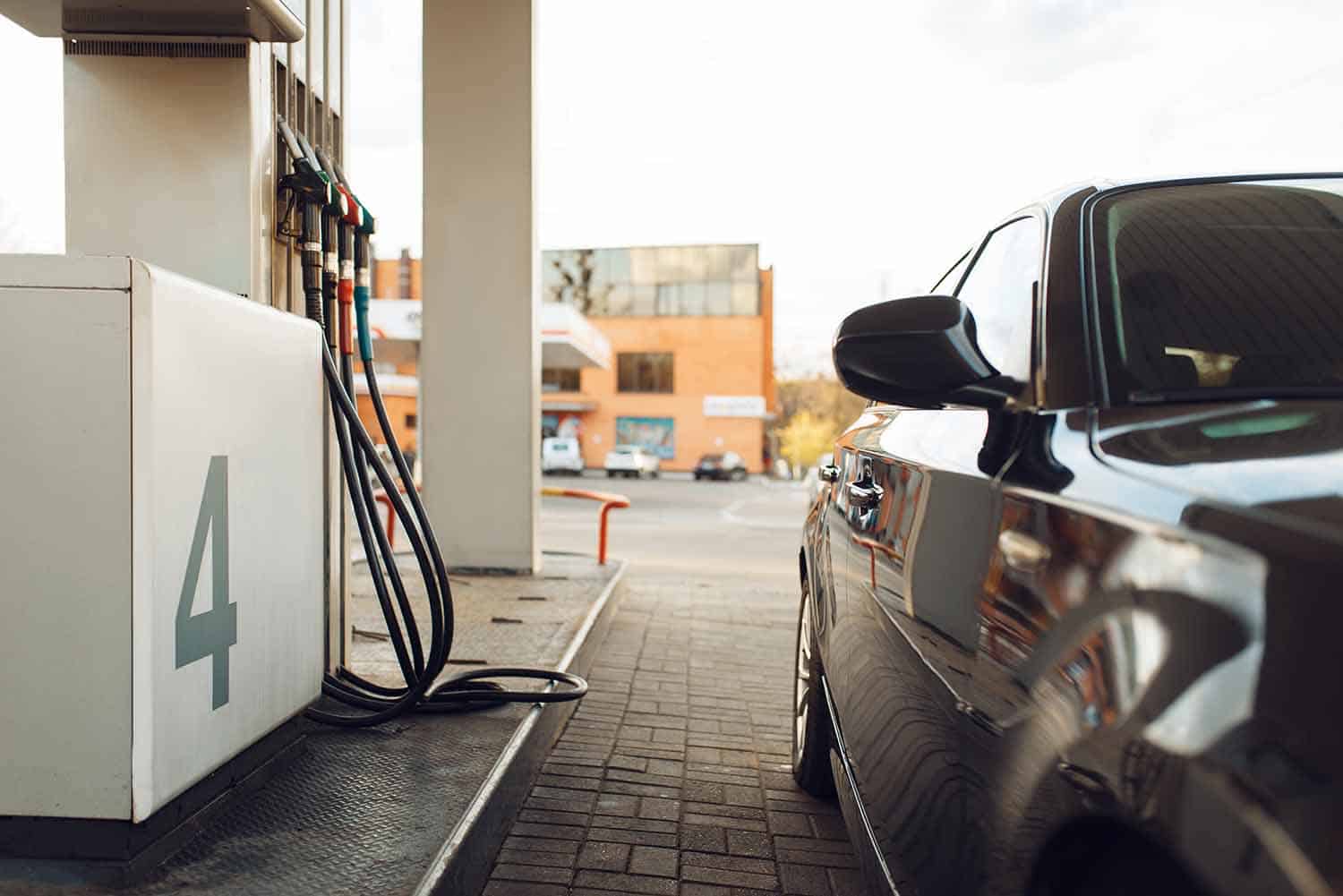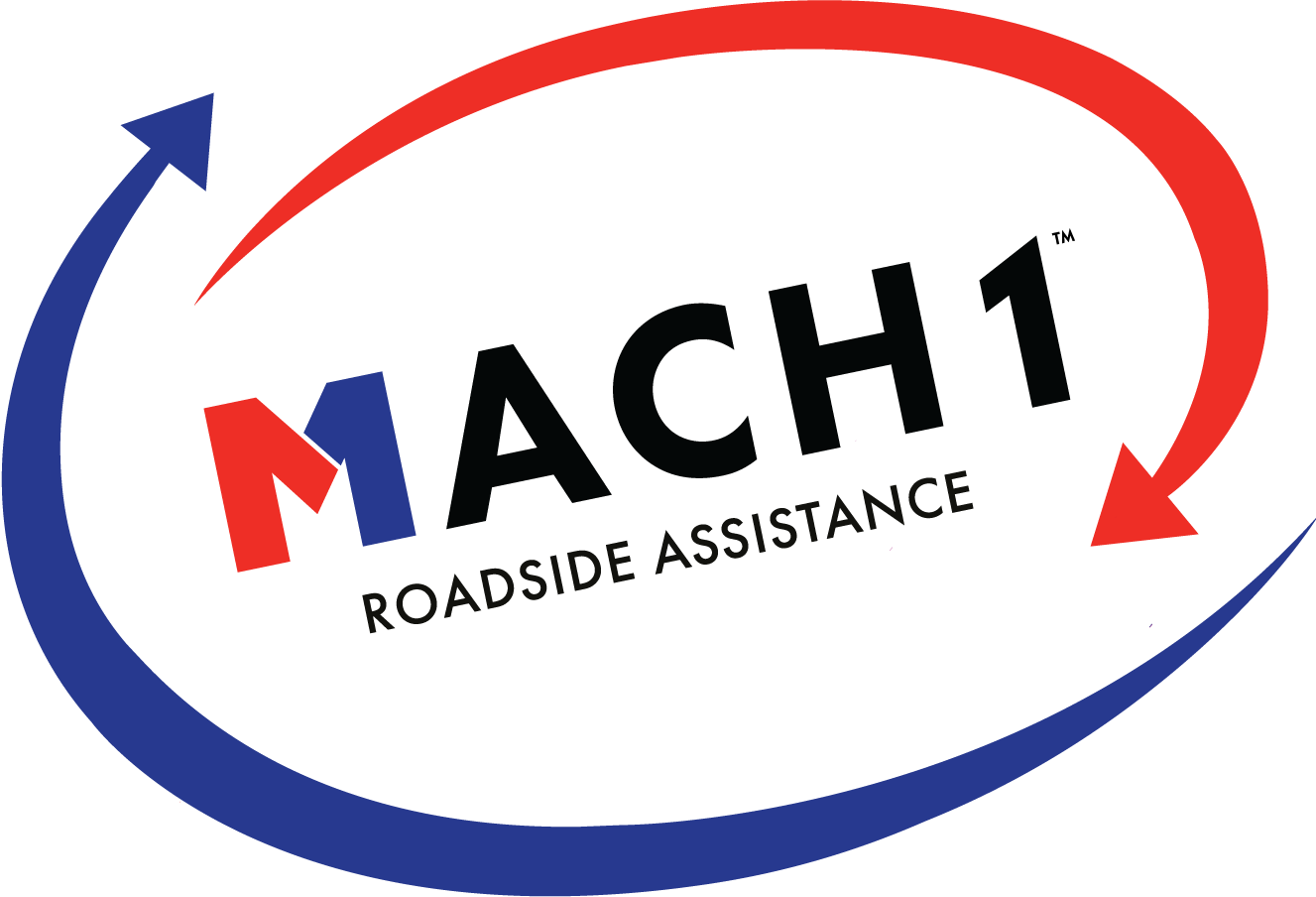
11 Oct What Happens When Your Car Runs Out of Fuel?
Every driver tends to know exactly what sound means and creek means in their car. So, for the most part, when you ask them why they’re not refueling a vehicle that’s on “E,” the driver will most likely shrug and say how much they know this would last them (but sometimes we miscalculate). Running out of gas can be annoying, but worse of all, it could cause some severe damage to your car.
We as humans need water to live the same way your car needs fuel to function. The same way denying yourself water could cause damage to your body is the same lack of fuel could result in car problems. When your car is entirely out of fuel, it will start sucking in the air, which will, later on, cause problems when you need to start it back up.
Even though we all tend to act like we know our cars like the back of our hands, it is always safer to ensure that your vehicle doesn’t have less than ¼ tank full of fuel to be safe. Also, it can be hazardous getting stranded in the middle of the highway without fuel, even worse in the middle of nowhere.
What Does Out of Fuel Mean?
When your car hits the “E” sign, it’s always a warning sign to look for the nearest gas station and have it refueled. At this point is when most people start playing “gas station roulette” to calculate the nearest petrol station, they can get to with the remaining amount of fuel. Most of the time, your car might have an error in estimate by around 5% of how much distance the remaining energy could take you. It’s always safe to get into the nearest gas station.
After the car hits “E” and you haven’t come close to a gas station, a few miles down the road, your vehicle will start showing signs of “fuel starvation.” The engine will start to sputter, followed by intermittent power surges, the engine might backfire, then there will be loss of power.
At this point, it is best to park your car safely at the roadside to avoid causing traffic or worse. All the above signs mean that you are out of fuel. At this point, you should probably walk to a gas station if it’s close by or call your friends/family to get you gas or contact your roadside assistance service to bring you gas.
Best service to use when your car runs out of fuel
Even with all the accuracy of how many miles your car could go on the fuel, you put, sometimes you will be wrong and end up finding ourselves on the roadside, ashamed, annoyed, and angry at no one in particular.
If you are close to home, a family or friend will be the most accessible call you could make. But sometimes, either everyone is busy, or you are on the road and miles away from everyone. Instead of making anyone go all those miles to bring you fuel, you can contact Mach1 roadside assistance services.
Unlike any other roadside assistance services, Mach1 services includes anyone as they don’t require membership. When out of fuel and stuck, download the Mach1 app on your device, and make the order stating your current location and the number of gallons of gas you would like delivered.
Mach1 allows you to choose the type of fuel you would like (diesel/petrol). Per trip, the most amount of fuel that you can get is two gallons. This amount of energy is enough to get you to your next gas station or destination.
Mach1 also allows you to pay via credit, debit, or on the app. You can pay for the fuel once it gets delivered or on the app while you’re ordering. They have a fair price for the fuel and delivery because they calculate it according to the market price of the area your car broke down. They also have partners all over, and fuel will get to you quickly from the nearest town that offers 24/7 service.
What happens when a car runs out of fuel?
The first marker to indicate your car is running out of fuel is the blinking light near your steering, showing “E.” this sign means that you only have a few miles to go before your car completely refuses to start.
When you keep driving, and your car is fuel-starved, the hydraulic power to brakes and steering dies too, and it gets harder to steer your vehicle. It also gets harder to break your car. Since your car needs fuel to keep things going, it will draw in air and debris from your tank to keep all the moving parts lubricated and burn fuel.
A new car might survive, but if you have an old vehicle, the debris from the tank goes in the fuel lines leading to the engine, serious problems could occur. The debris could cause blockages in the filters preventing your car from even starting later on.
Running out of fuel is even worse when your car uses diesel. A diesel car running out of fuel means that it will start pulling air since there is no more fuel to pull in. The air pulled in by your diesel car’s powerful fuel injectors could result in a catastrophic effect.
As the fuel system gets filled with air, it damages the injectors, filters and makes it extremely difficult to start the car once you have fuel.
Your diesel car will require you to visit a professional for it to start once again, which could result in extra expenses of towing and repairs. It is safer to refill your tank before it goes past the quarter level.
After running out of fuel in your diesel car, the mechanic will have to get the air out of your fuel system, remove filters, clean and blow all the fuel lines. Your injectors and pump might need replacing too. It is such a time-consuming, costly process that requires a professional to check it out.
3 Things that happen when your car runs out of fuel
When your car is fuel-starved, there are a lot of things that could go wrong besides you being stranded in the middle of the road and needing roadside assistance. Behind the wheel, things will start getting tricky.
Your car will stall in a way that feels as if the key has been removed from your ignition while you were driving. This might cause you to panic and not think straight, which is dangerous. Since you have shut down the engine, hydraulic fluid won’t flow to the breaks and pedals, and stepping on your brake pedal will feel strenuous, and so will the steering. It will get to be as tricky as when you try driving and your car is off.
Fuel tank and Fuel Pump Damage
Driving a car with no gas will damage your tank because of the crust found at the bottom of the tank. Fuel tanks are made of metal that attracts and collects crust, leading to corrosiveness that could ruin your car. This gas crust gets stuck in your tank, engine, and other fuel parts.
Whenever you run out of gas and your fuel tank is empty, the fuel pump pumps crust into the tank to provide energy because it’s the only thing the fuel injectors can find at the bottom of the tank now that there’s no fuel. A car that frequently runs out of gas will eventually suffer corrosion in the fuel pump, tank, and other car parts, slowly corroding them.
Your car’s fuel pump, on the other hand, relies on the gas to stay well lubricated and avoid overheating. When you have no gas and keep on driving, your fuel pump will experience damage. To avoid damaging both your fuel pump and tank, you will need to prevent your fuel tank from being empty.
Clogging in your Fuel Injection
The fuel injection transports fuel from the fuel tank to the burning tank. The fuel injection is the most crucial part of the pumping system in a car. Driving with an empty fuel tank will cause problems in this critical car part. When the fuel pump only finds debris to pump into the car’s system, the crust will also line the fuel injection and filter system damaging it slowly.
Sometimes when the fuel injection is clogged, the fuel won’t reach the burning tank after refilling your tank. In this case, you will need to visit a professional to have it checked out. Alternatively, you could try priming your fuel pump, but either way, you’ll still need to go to your mechanic to ensure that there wasn’t too much damage done.
Damaged Electric Motor
Even though most drivers ignore this primary fact, it still happens; the electric motor gets damaged when your car runs out of fuel. Typically, your car’s electric motor uses fuel as a coolant, and when there is no fuel, the electric motor starts overheating, which results in damage.
Other things could cause damage to your electric motor, too, like:
- Lack of enough lubrication
- Excess moisture
- Power surges
- Exposure to dust
Also, this overheating could drive it overboard, not buying you the time you needed to replace it. The only prevention is always making sure you have enough fuel.
What sound does your car make when it’s out of gas?
It is common to hear a loud whining sound from your fuel tank when you’re out of gas. This sound could also mean that your fuel pump is damaged. The expected sound supposed to come from your pump and tank is a low hum, the moment it turns into a loud whining sound, and your gas indicator is at “E,” you should probably park it and get gas before you ruin parts of your car.
Can a car run without fuel?
Older models of cars aren’t able to run without fuel. But some recent models can go up to 40 miles after you have depleted that gas in the fuel tank, like a Volkswagen Jetta. If your car was going downhill, it could go for miles without gas. But, if it’s on a level road, it will only for about two blocks (if it was going 50mph or more beforehand) before it shuts down completely.
Conclusion
Your car can suffer a lot of damage when you run out of fuel. Once you notice you’re low on gas, the best option is to park your vehicle and call a reliable roadside assistance service or walk to the nearest gas station if it’s close. Otherwise, straining our car to move when it’s clearly out of gas will cost you a lot of money and time as it will need multiple repairs.
